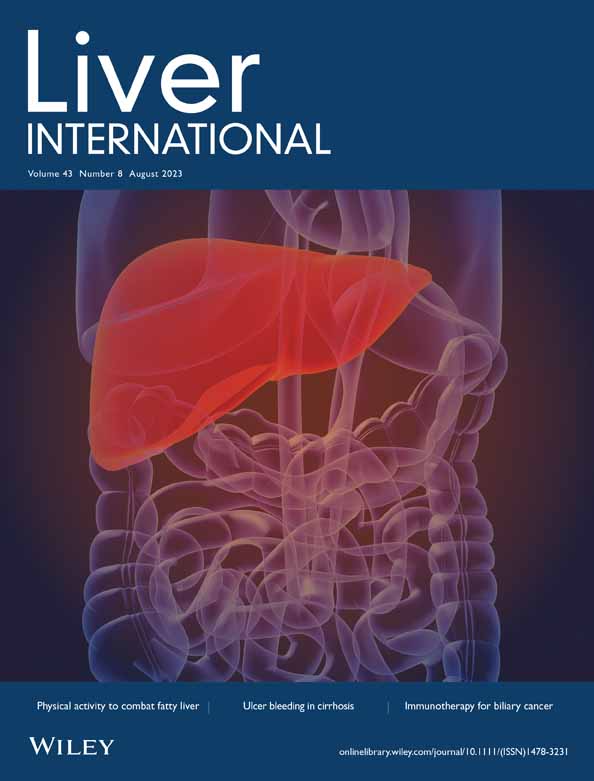Inhibition of ACSS2 attenuates alcoholic liver steatosis via epigenetically regulating de novo lipogenesis
Handling Editor: Luca Valenti
Abstract
Background and aims
Steatosis is the early pathological change in alcohol-associated liver disease. However, its precise mechanism is still unclear. The present study is aimed to explore the role and mechanism of acetyl-CoA synthetase 2 (ACSS2) in acute alcohol-induced lipogenesis.
Methods
The increase in ACSS2 nuclear import and histone H3 acetylation were observed in mice after intraperitoneally injected with 2 g/kg ethanol or oral administration of 5 g/kg ethanol and also validated in hepatocytes stimulated with ethanol or acetate. The role of ACSS2 was further explored in liver-specific ACSS2 knockdown mice fed with ethanol-containing diet.
Results
Alcohol challenge induced hepatic lipid deposition and upregulated lipogenic genes in mice. It also promoted ACSS2 nuclear import and increased histone H3 acetylation. In hepatocytes, ethanol induced similar phenomena whereas ACSS2 knockdown blocked histone acetylation and lipogenic gene induction. P300/CBP associated factor (PCAF), but not general control nonderepressible 5, CREB-binding protein (CBP) and p300, facilitated H3K9 acetylation responding to ethanol challenge. CUT&RUN assay showed the enrichment of acetylated histone H3K9 surrounding Fasn and Acaca promoters. These results indicated that ethanol metabolism promoted ACSS2 nuclear import to support lipogenesis via H3K9 acetylation. In alcohol-feeding mice, liver-specific ACSS2 knockdown blocked the interaction between PCAF and H3K9 and suppressed lipogenic gene induction in the liver, demonstrating the critical role of ACSS2 in lipogenesis.
Conclusions
Our study demonstrated that alcohol metabolism generated acetyl-CoA in the nucleus dependently on nuclear ACSS2, contributing to epigenetic regulation of lipogenesis in hepatic steatosis. Targeting ACSS2 may be a potential therapeutical strategy for acute alcoholic liver steatosis.
CONFLICT OF INTEREST STATEMENT
The authors do not have any disclosures to report.
Open Research
DATA AVAILABILITY STATEMENT
The data that support the findings of this study are available from the corresponding author upon reasonable request. Some data may not be made available because of privacy or ethical restrictions.




